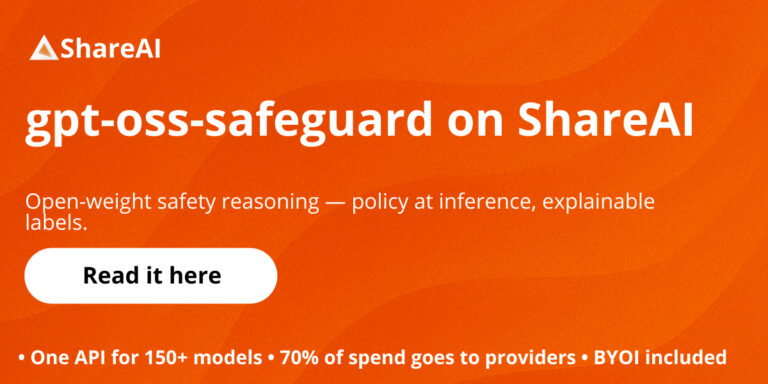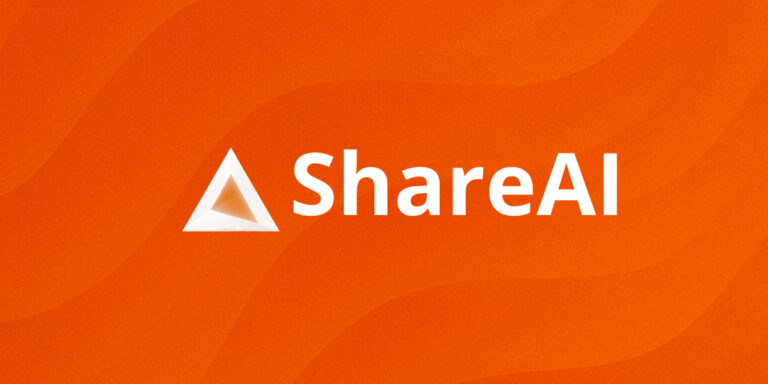BytePlus API Gateway Alternatives 2025: Top 10

Updated November 2025
If you’re evaluating BytePlus API Gateway alternatives, this guide compares the space the way builders do: by governance, routing & resilience, observability, pricing transparency, and developer experience. We first situate BytePlus in the stack, then rank the top 10 alternatives—with ShareAI first for teams that want one API across many providers, a transparent marketplace (price/latency/uptime/availability before routing), instant failover, and people-powered economics (70% of spend goes to providers who keep models online).
What BytePlus API Gateway is (and isn’t)
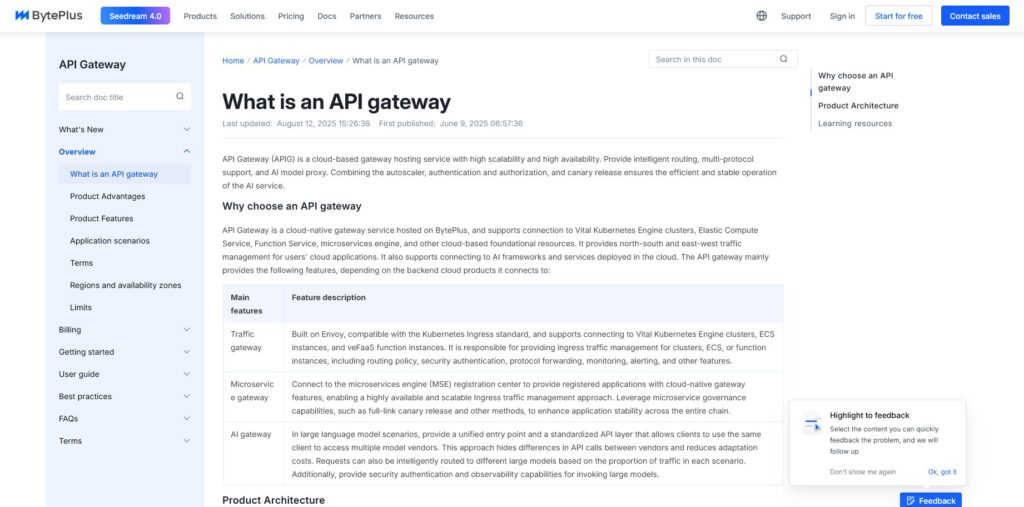
BytePlus API Gateway is an API management/control layer. You bring your services and policies; it provides gateway features like centralized credentials, rate limiting, auth, routing, and API lifecycle controls. That’s governance-first infrastructure—useful when you need perimeter policies and org-level control.
It’s not a transparent model marketplace. It doesn’t focus on multi-provider AI routing with pre-route visibility into price, latency, uptime, availability, and provider type, and it doesn’t exist to grow community supply. If your primary requirement is pre-route transparency and instant failover across many AI providers, you’ll often pair a gateway with an aggregator like ShareAI.
Aggregators vs Gateways vs Agent/Orchestration platforms
- LLM Aggregators (e.g., ShareAI, OpenRouter, Eden AI): One API across many models/providers with pre-route transparency (price, latency, uptime, availability, provider type) and smart routing/failover.
- AI/API Gateways (e.g., BytePlus API Gateway, Kong, Portkey, Apache APISIX): Policies/governance at the edge (credentials, quotas, guardrails) plus observability. You bring the providers behind them.
- Agent/Orchestration platforms (e.g., Orq, Unify): Packaged UX, tools, memory, flows, and evaluations. Great for assistants or best-model selection; not marketplaces.
How we evaluated the best BytePlus API Gateway alternatives
- Model breadth & neutrality: proprietary + open; easy switching; minimal rewrites
- Latency & resilience: routing policies, timeouts/retries, instant failover
- Governance & security: key handling, scopes, regional routing, guardrails
- Observability: logs/traces plus cost/latency views
- Pricing transparency & TCO: compare real costs before routing, not just unit price
- Developer experience: docs, SDKs, quickstarts; time-to-first-token
- Community & economics: whether your spend grows supply (incentives for GPU owners/providers)
Top 10 BytePlus API Gateway alternatives
#1 — ShareAI (People-Powered AI API)
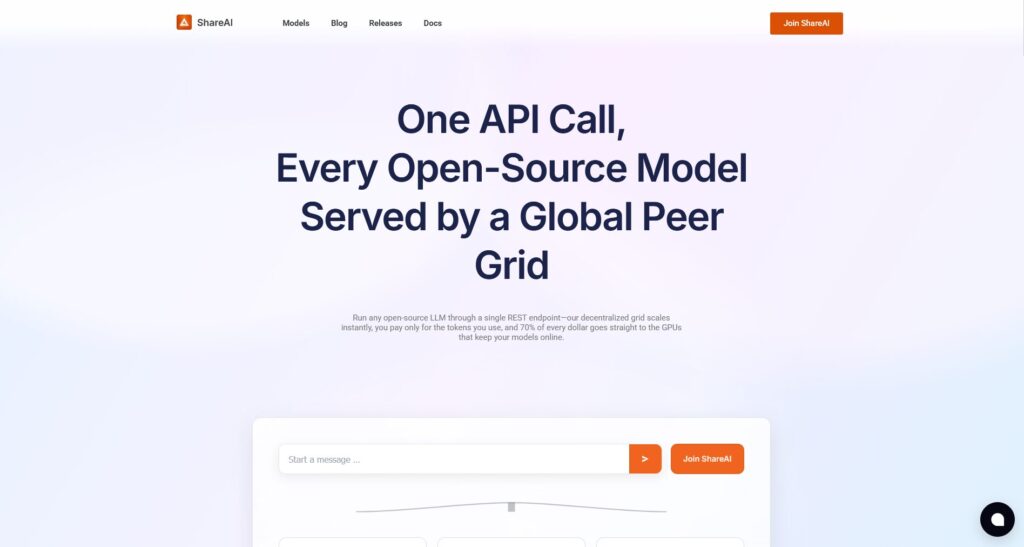
What it is. A multi-provider API with a transparent marketplace and smart routing. With one integration, browse a large catalog of models and providers, compare price, latency, uptime, availability, and provider type, then route with instant failover. Economics are people-powered: 70% of every dollar flows to providers (community or company) who keep models online.
Why it’s #1. If you want provider-agnostic aggregation with pre-route transparency and resilience, ShareAI is the most direct fit. Keep a gateway if you need org-wide policies; add ShareAI for marketplace-guided routing.
- One API → 150+ models across many providers; no rewrites, no lock-in
- Transparent marketplace: choose by price, latency, uptime, availability, provider type
- Resilience by default: routing policies + instant failover
- Fair economics: 70% of spend goes to providers (community or company)
Quick links
- Browse Models
- Open Playground
- Read the Docs
- API Reference
- Create API Key
- See Releases
- Sign in / Sign up
For providers: earn by keeping models online. Anyone can become a ShareAI provider—Community or Company. Onboard via Windows, Ubuntu, macOS, or Docker. Contribute idle-time bursts or run always-on. Choose your incentive: Rewards (money), Exchange (tokens/AI Prosumer), or Mission (donate a % to NGOs). As you scale, set your own inference prices and gain preferential exposure.
#2 — Kong AI Gateway
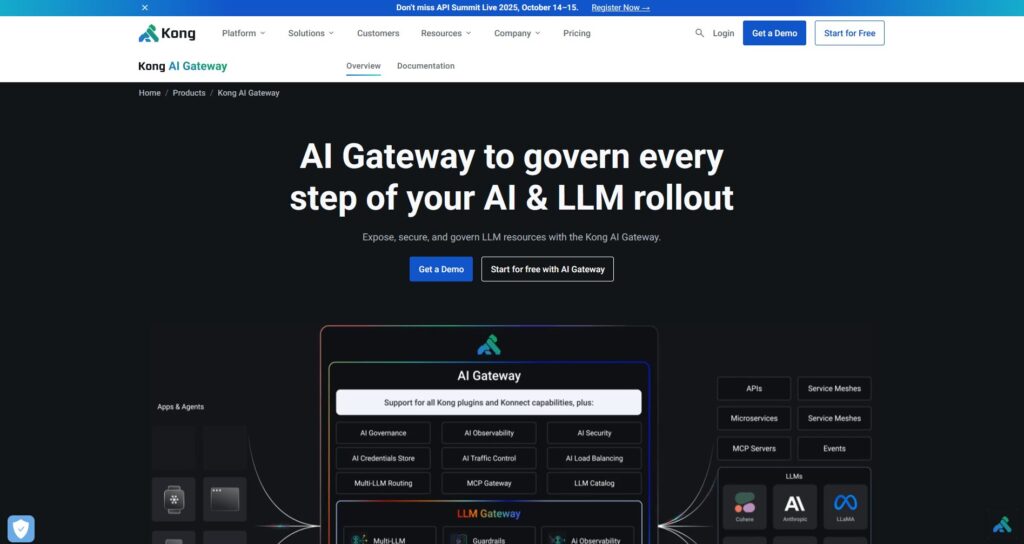
What it is. Enterprise gateway: governance/policies/plugins, analytics, and observability for AI/API traffic. A controller rather than a marketplace.
When to pick it. If you need edge policies across many services and already standardize on Kong, then pair with ShareAI to get marketplace-driven provider choice and failover.
#3 — Portkey
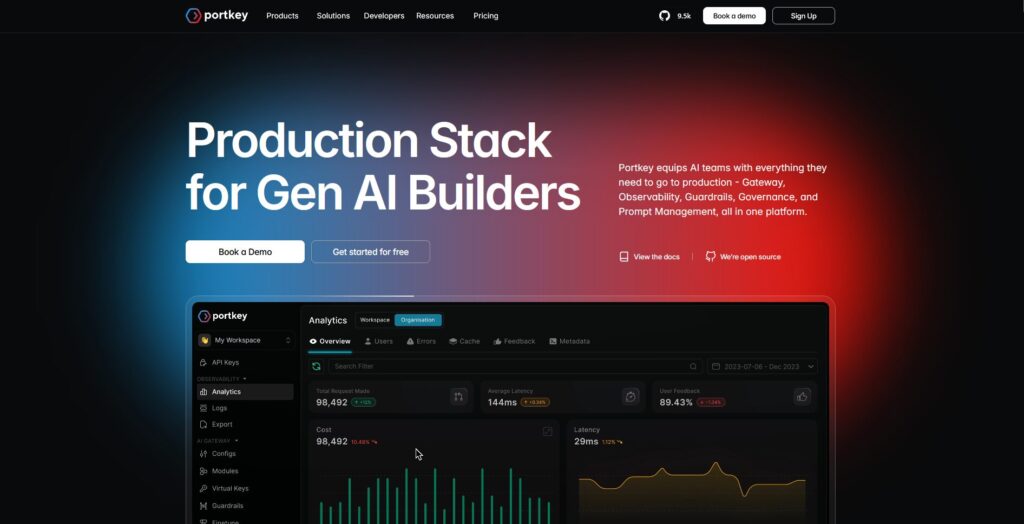
What it is. AI gateway emphasizing observability, guardrails, and governance—popular in regulated workloads.
When to pick it. Strong if your priority is policy enforcement + deep traces; add ShareAI for pre-route transparency and multi-provider resiliency.
#4 — OpenRouter
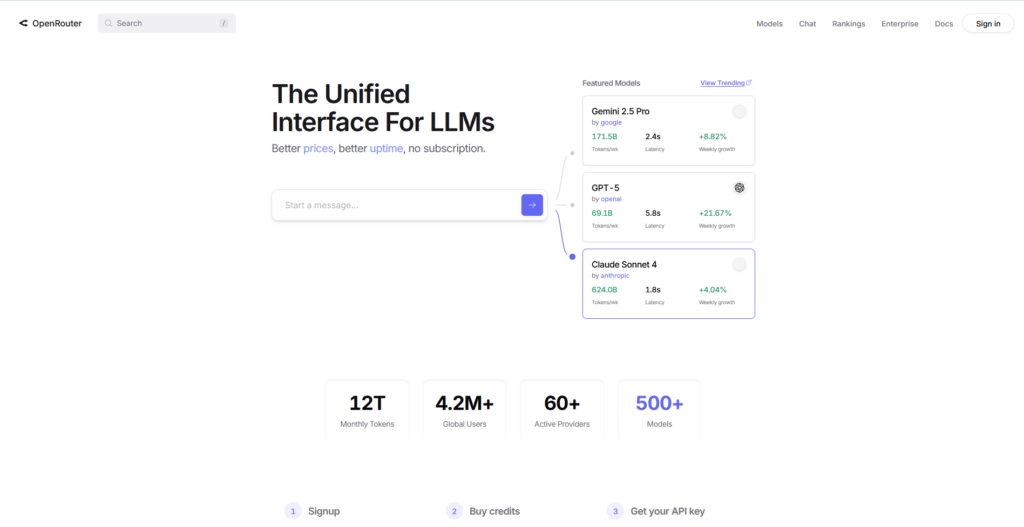
What it is. Unified API for many models; great for fast experimentation across a wide catalog.
When to pick it. For quick multi-model access; if you also want instant failover and marketplace stats (price/latency/uptime/availability/provider type), layer ShareAI.
#5 — Eden AI
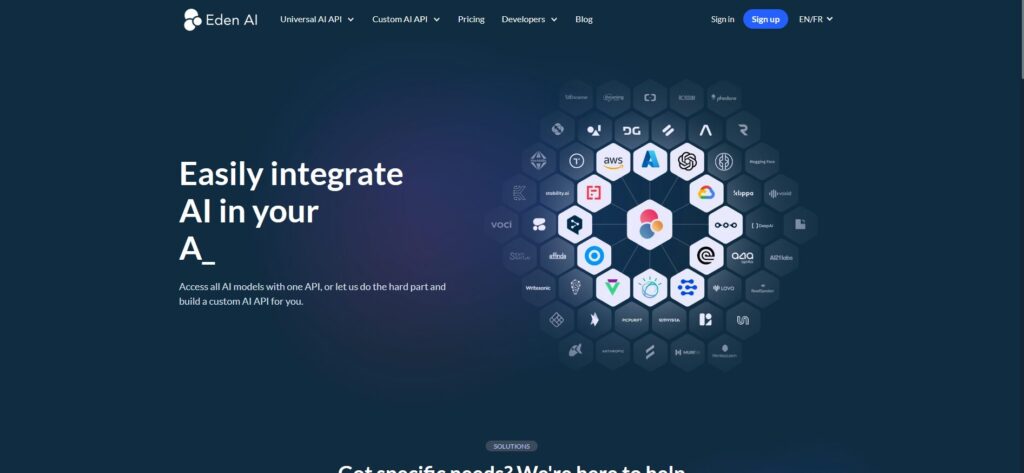
What it is. Aggregates LLMs and broader AI (vision, translation, TTS), with fallbacks and caching.
When to pick it. If you need many AI modalities via a single API; combine with ShareAI for live marketplace visibility and resilient routing.
#6 — LiteLLM
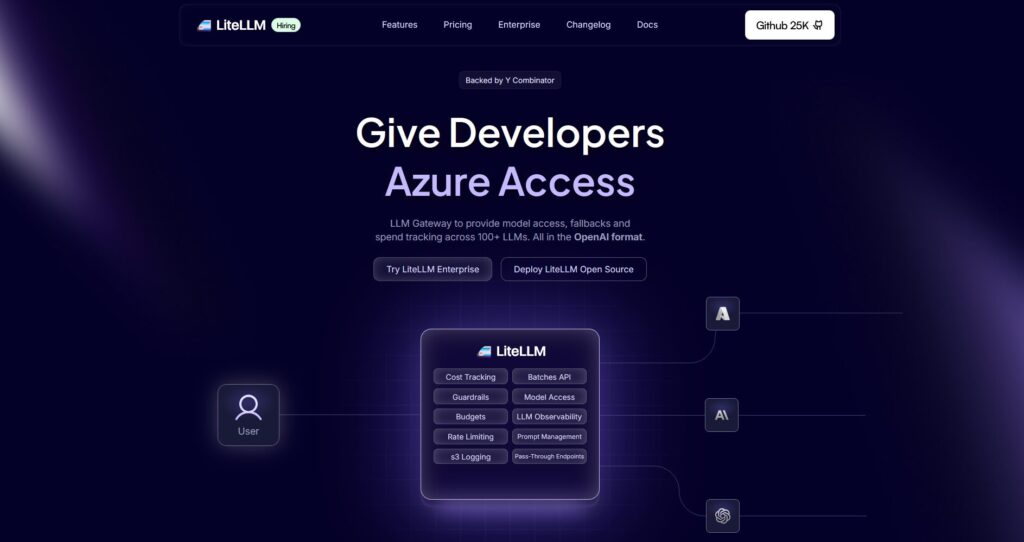
What it is. Lightweight Python SDK + self-hostable proxy speaking OpenAI-compatible interfaces to many providers.
When to pick it. If you prefer DIY control with minimal dependencies. Use ShareAI for managed routing and to avoid operating the proxy on production paths.
#7 — Unify

What it is. Quality-oriented routing and evaluation-driven model selection per prompt.
When to pick it. If “best model per prompt” is the goal; complement with ShareAI’s catalog + instant failover.
#8 — Orq AI

What it is. Orchestration/collaboration platform to help teams move from experiments to production with low-code flows.
When to pick it. If you want flows and team orchestration; route model calls via ShareAI for provider choice and failover.
#9 — Apigee (with LLMs behind it)
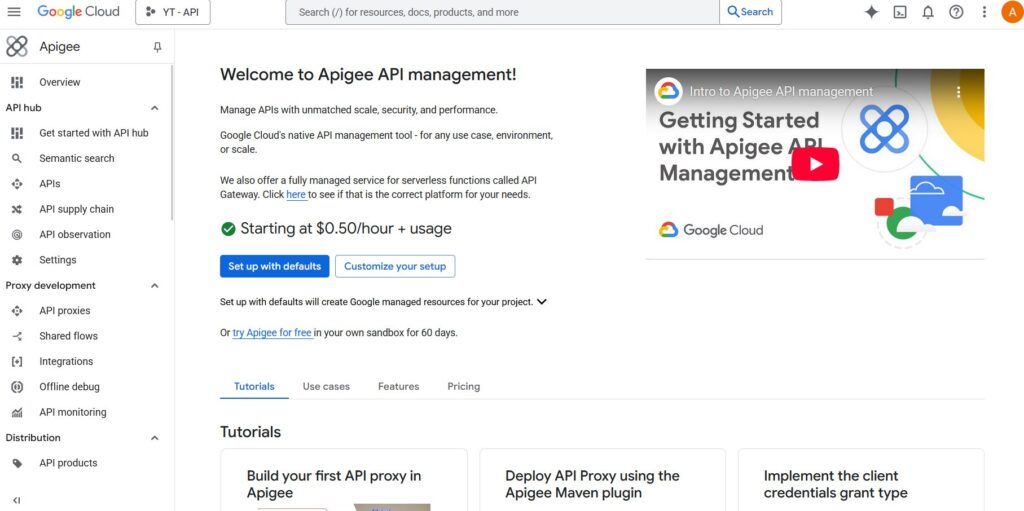
What it is. Mature API management/gateway that you can place in front of LLM providers for policies/keys/quotas.
When to pick it. If your org standardizes on Apigee; add ShareAI for multi-provider routing and marketplace transparency.
#10 — Apache APISIX
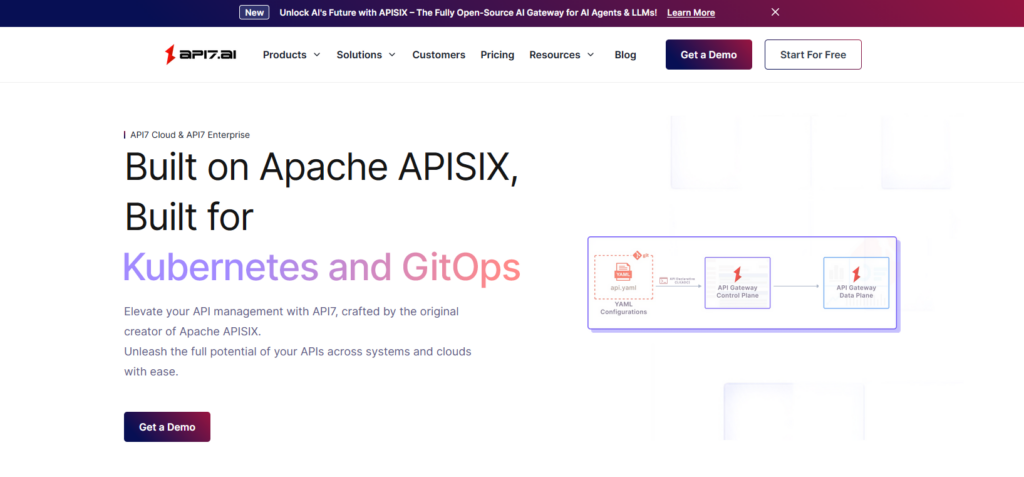
What it is. Open-source API gateway with plugins, traffic policies, and extensibility.
When to pick it. If you want OSS + DIY gateway control; combine with ShareAI for provider-agnostic routing and instant failover without building it all yourself.
BytePlus API Gateway vs ShareAI
If your top requirement is one API over many providers with transparent pricing/latency/uptime/availability and instant failover, choose ShareAI. If your top requirement is egress governance—centralized credentials, policy enforcement, and observability—BytePlus API Gateway fits that lane. Many teams pair them: gateway for org policy + ShareAI for marketplace-guided routing.
Quick comparison
| Platform | Who it serves | Model breadth | Governance & security | Observability | Routing / failover | Marketplace transparency | Provider program |
|---|---|---|---|---|---|---|---|
| ShareAI | Product/platform teams needing one API + fair economics | 150+ models, many providers | API keys & per-route controls | Console usage + marketplace stats | Smart routing + instant failover | Yes (price, latency, uptime, availability, provider type) | Yes — open supply; 70% to providers |
| BytePlus API Gateway | Teams wanting egress governance | BYO providers | Centralized credentials/policies | Gateway analytics | Conditional routing via policies | No (infrastructure tool, not a marketplace) | n/a |
| Kong AI Gateway | Enterprises needing gateway-level policy | BYO | Strong edge policies/plugins | Analytics | Proxy/plugins, retries | No | n/a |
| Portkey | Regulated/enterprise teams | Broad | Guardrails & governance depth | Deep traces | Conditional routing | Partial | n/a |
| OpenRouter | Devs wanting one key | Wide catalog | Basic API controls | App-side | Fallbacks | Partial | n/a |
| Eden AI | Teams needing LLM + other AI | Broad | Standard controls | Varies | Fallbacks/caching | Partial | n/a |
| LiteLLM | DIY/self-host proxy | Many | Config/key limits | Your infra | Retries/fallback | n/a | n/a |
| Unify | Quality-driven teams | Multi-model | Standard API security | Platform analytics | Best-model selection | n/a | n/a |
| Orq | Orchestration-first teams | Wide support | Platform controls | Platform analytics | Orchestration flows | n/a | n/a |
| Apigee | Enterprises/API management | BYO | Mature policies | Add-ons | Custom | n/a | n/a |
| Apache APISIX | DIY/OSS gateway | BYO | Plugins/policies | Community tooling | Custom | n/a | n/a |
Pricing & TCO: compare real costs (not just unit prices)
Raw $/1K tokens hides the real picture. TCO shifts with retries/fallbacks, latency (which affects user behavior and costs), provider variance, observability storage, and evaluation runs. A transparent marketplace helps you pick routes that balance cost and UX.
TCO ≈ Σ (Base_tokens × Unit_price × (1 + Retry_rate))
+ Observability_storage
+ Evaluation_tokens
+ Egress
- Prototype (~10k tokens/day): Optimize for time-to-first-token (Playground, quickstarts).
- Mid-scale (~2M tokens/day): Marketplace-guided routing/failover can trim 10–20% while improving UX.
- Spiky workloads: Expect higher effective token costs from retries during failover; budget for it.
Migration guide: moving to ShareAI
From BytePlus API Gateway
Keep gateway-level policies where they shine; add ShareAI for marketplace routing + instant failover. Pattern: gateway auth/policy → ShareAI route per model → measure marketplace stats → tighten policies.
From OpenRouter
Map model names, verify prompt parity, then shadow 10% of traffic and ramp 25% → 50% → 100% as latency/error budgets hold. Marketplace data makes provider swaps straightforward.
From LiteLLM
Replace the self-hosted proxy on routes you don’t want to operate; keep LiteLLM for dev if desired. Compare ops overhead vs. managed routing benefits.
From Unify / Portkey / Orq / Kong / APISIX
Define feature-parity expectations (analytics, guardrails, orchestration, plugins). Many teams run hybrid: keep specialized features where they’re strongest; use ShareAI for transparent provider choice and failover.
Developer quickstart (copy-paste)
The following use an OpenAI-compatible surface. Replace YOUR_KEY with your ShareAI key—create one at Create API Key. See the API Reference for details.
#!/usr/bin/env bash
# cURL (bash) — Chat Completions
# Prereqs:
# export SHAREAI_API_KEY="YOUR_KEY"
curl -X POST "https://api.shareai.now/v1/chat/completions" \
-H "Authorization: Bearer $SHAREAI_API_KEY" \
-H "Content-Type: application/json" \
-d '{
"model": "llama-3.1-70b",
"messages": [
{ "role": "user", "content": "Give me a short haiku about reliable routing." }
],
"temperature": 0.4,
"max_tokens": 128
}'
// JavaScript (fetch) — Node 18+/Edge runtimes
// Prereqs:
// process.env.SHAREAI_API_KEY = "YOUR_KEY"
async function main() {
const res = await fetch("https://api.shareai.now/v1/chat/completions", {
method: "POST",
headers: {
"Authorization": `Bearer ${process.env.SHAREAI_API_KEY}`,
"Content-Type": "application/json"
},
body: JSON.stringify({
model: "llama-3.1-70b",
messages: [
{ role: "user", content: "Give me a short haiku about reliable routing." }
],
temperature: 0.4,
max_tokens: 128
})
});
if (!res.ok) {
console.error("Request failed:", res.status, await res.text());
return;
}
const data = await res.json();
console.log(JSON.stringify(data, null, 2));
}
main().catch(console.error);
Security, privacy & compliance checklist (vendor-agnostic)
- Key handling: rotation cadence; minimal scopes; environment separation
- Data retention: where prompts/responses are stored, for how long; redaction defaults
- PII & sensitive content: masking; access controls; regional routing for data locality
- Observability: prompt/response logging; ability to filter or pseudonymize; propagate trace IDs consistently
- Incident response: escalation paths and provider SLAs
FAQ — BytePlus API Gateway vs other competitors
BytePlus API Gateway vs ShareAI — which for multi-provider routing?
ShareAI. It’s built for marketplace transparency (price, latency, uptime, availability, provider type) and smart routing/failover across many providers. BytePlus API Gateway is an egress governance tool (centralized credentials/policy; gateway observability). Many teams use both—policy at the edge + ShareAI for routing.
BytePlus API Gateway vs OpenRouter — gateway controls or quick multi-model access?
OpenRouter makes multi-model access quick; BytePlus centralizes policy and observability. If you also want pre-route transparency and instant failover, ShareAI combines multi-provider access with a marketplace view and resilient routing.
BytePlus API Gateway vs Kong — two gateways
Both are gateways (policies, plugins, analytics), not marketplaces. Many teams pair a gateway with ShareAI for transparent multi-provider routing and failover.
BytePlus API Gateway vs Portkey — who’s stronger on guardrails?
Both emphasize governance and observability; depth and ergonomics differ. If your main need is transparent provider choice and failover, add ShareAI.
BytePlus API Gateway vs LiteLLM — managed gateway vs self-host proxy
LiteLLM is a DIY proxy you operate; BytePlus is managed governance/observability. If you’d rather not run a proxy and want marketplace-driven routing, choose ShareAI.
BytePlus API Gateway vs Unify — policy enforcement vs best-model selection
Unify focuses on evaluation-driven selection; BytePlus on policy/observability. For one API over many providers with live marketplace stats, use ShareAI.
BytePlus API Gateway vs Orq — orchestration vs egress
Orq helps orchestrate workflows; BytePlus governs egress traffic. ShareAI complements either with marketplace routing.
BytePlus API Gateway vs Apigee — broad API management vs AI-specific egress
Apigee is broader API management; BytePlus is AI-skewed egress governance (when used that way). If you need provider-agnostic access with marketplace transparency, use ShareAI.
BytePlus API Gateway vs Apache APISIX — turnkey vs OSS DIY
APISIX offers OSS plugins/policies; BytePlus offers a managed layer with gateway integrations. To avoid building custom routing yet get transparent provider selection, add ShareAI.
